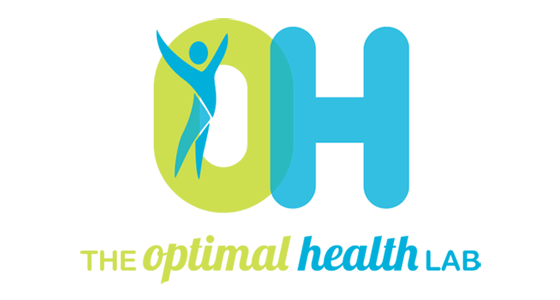December 10, 2019
Our bones are living tissue. There is a constant process of remodelling that involves laying down new bone and the breaking down of old. When they breaking down of bone begins to outweigh the laying down of new, our bones begin to become a bit softer and more brittle. This is a very basic summation of the disease called osteoporosis.
There are certain things that predispose us to the development of this condition which include a family history, dietary factors, medical history and exposure to certain drugs as well as lifestyle factors such as smoking and low levels of physical activity.
As we get older the delicate balance of bone remodelling begins to skew in the way of increased bone resorption (bone loss). This is when dietary and lifestyle factors become of high importance to ensure good bone health and the avoidance of any bone insufficiency related issues.
An important thing to address is diet. Ensuring that you are eating a well balanced diet that has sufficient levels of important vitamins and minerals such as vitamin D and Calcium. Consulting with a Dietitian to discuss safe and practical implementation of important nutrients into your regular diet is advised in those who have been diagnosed with osteoporosis or who have an accumulation of risk factors as mentioned previously.
Another crucial aspect to improving or maintaining good bone health is physical activity. In particular, axial loading of bones has been shown to stimulate bone growth. This occurs during weight bearing or loaded exercise. Bone responds to this load much the same way as muscles, ligaments and tendons – by becoming stronger. There are many options when it comes to exercise – finding something that you enjoy is a good way to ensure that exercise becomes a sustainable endeavour. Aerobic exercises such as walking, dancing and jogging all load our bones to some extent. Resistance training is also an excellent way to load our bones whilst also improving muscle strength and improving function. Implementing these exercises in a progressive and safe manner is of vital importance. Talking to a healthcare professional about a tailored exercise program with appropriate exercises is the best place to start.
In summary, if you are at risk of low bone health there are many avenues to improving. Two of the easiest things to address are improving specific nutrient density in your diet by talking to our OHL Dietitian as well as increasing your amount of weight bearing physical activity in consultation with your OHL Physiotherapist. So eat well and exercise more!




